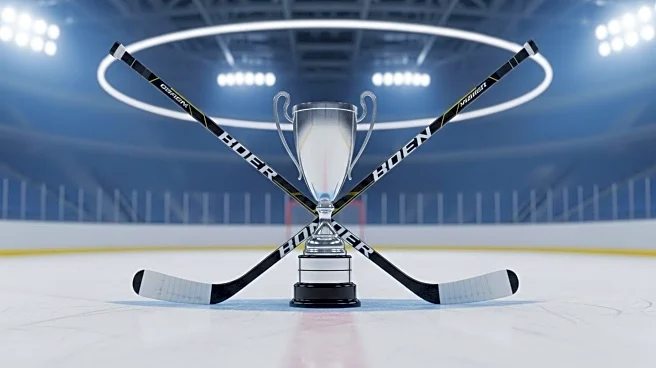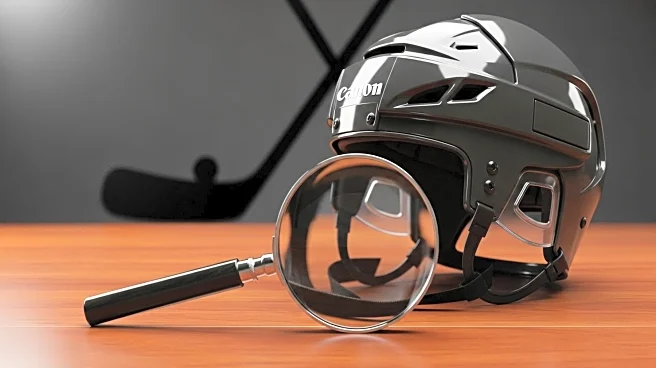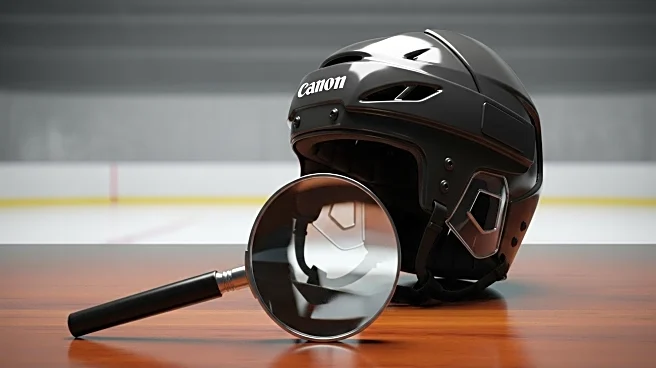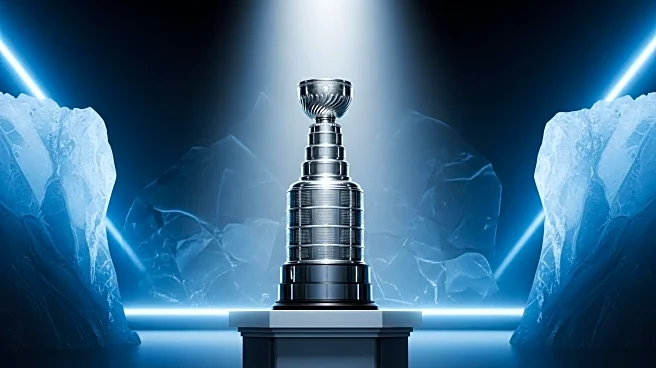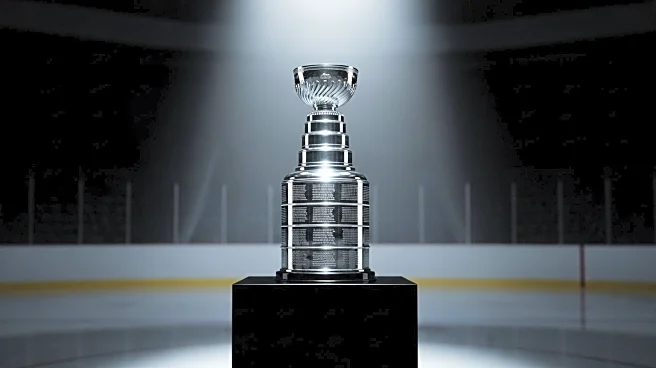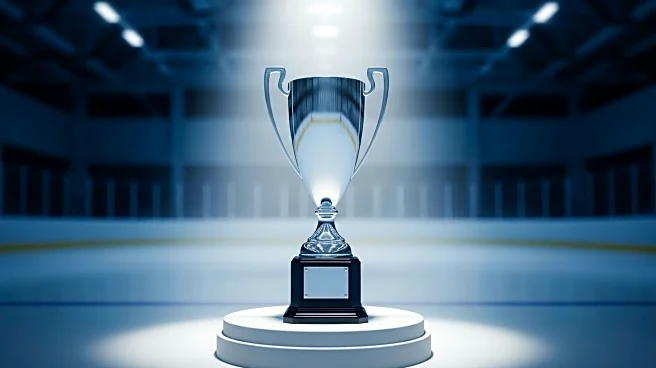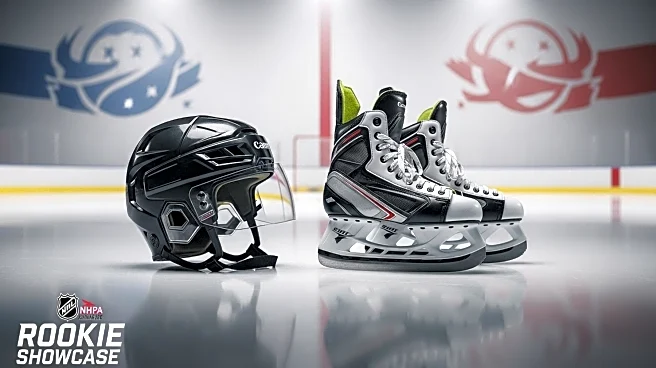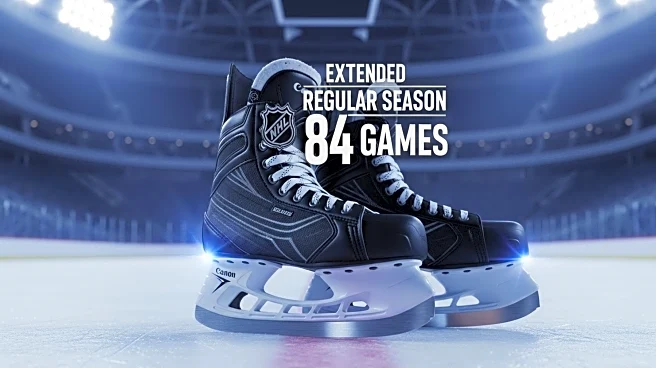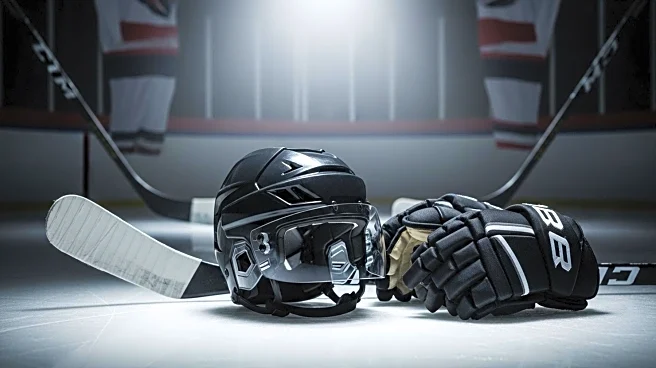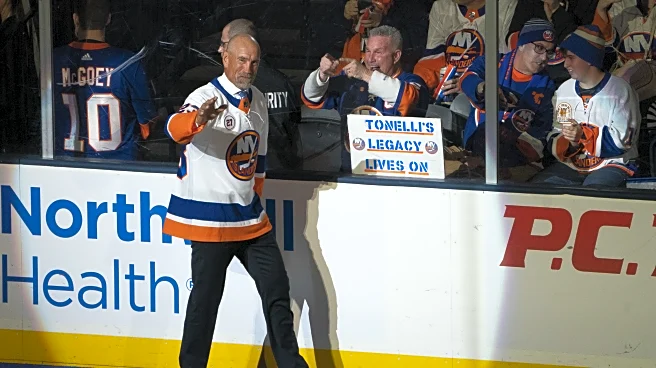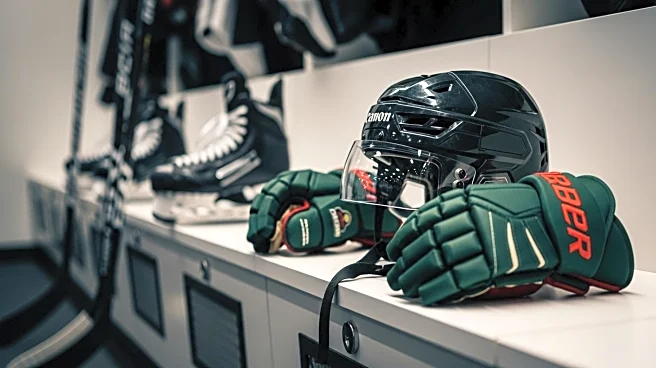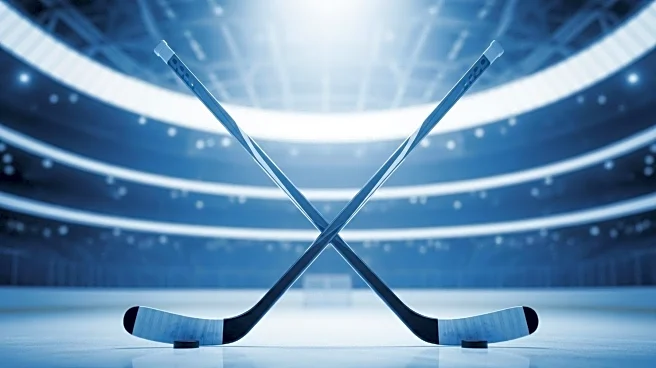What is the story about?
What's Happening?
The National Hockey League (NHL) and the NHL Players' Association (NHLPA) have agreed to implement new salary cap rules for the playoffs starting in the 2026 postseason. These changes aim to limit teams' ability to exploit long-term injured reserve (LTIR) designations to acquire new players late in the season. The new rules will introduce a salary cap specifically for playoff rosters, which will affect how teams prepare for the 2025-26 season. Additionally, the collective bargaining agreement (CBA) changes will allow players to endorse alcoholic products and relax player dress code rules immediately.
Why It's Important?
The introduction of a playoff salary cap is significant as it addresses a loophole that teams have used to gain competitive advantages during the postseason. By limiting the ability to add salary through LTIR, teams will need to strategize differently, potentially impacting player trades and acquisitions. This change could lead to a more level playing field during the playoffs, affecting team dynamics and competitive balance. The relaxation of endorsement and dress code rules reflects a shift towards modernizing player regulations, potentially influencing player marketability and league image.
What's Next?
Teams will need to adjust their strategies for the upcoming seasons, considering the new salary cap rules for playoffs. This may involve reevaluating player contracts and roster decisions to comply with the new regulations. The immediate implementation of dress code and endorsement changes could lead to increased player visibility in marketing campaigns. Stakeholders, including team management and players, will likely engage in discussions to navigate these changes effectively.
Beyond the Headlines
The new salary cap rules could have ethical implications, as they aim to prevent manipulation of LTIR for competitive gain. This move may encourage fair play and integrity within the league. Additionally, the endorsement changes could lead to cultural shifts in how players are perceived, potentially influencing public attitudes towards athletes and their off-ice activities.
AI Generated Content
Do you find this article useful?
